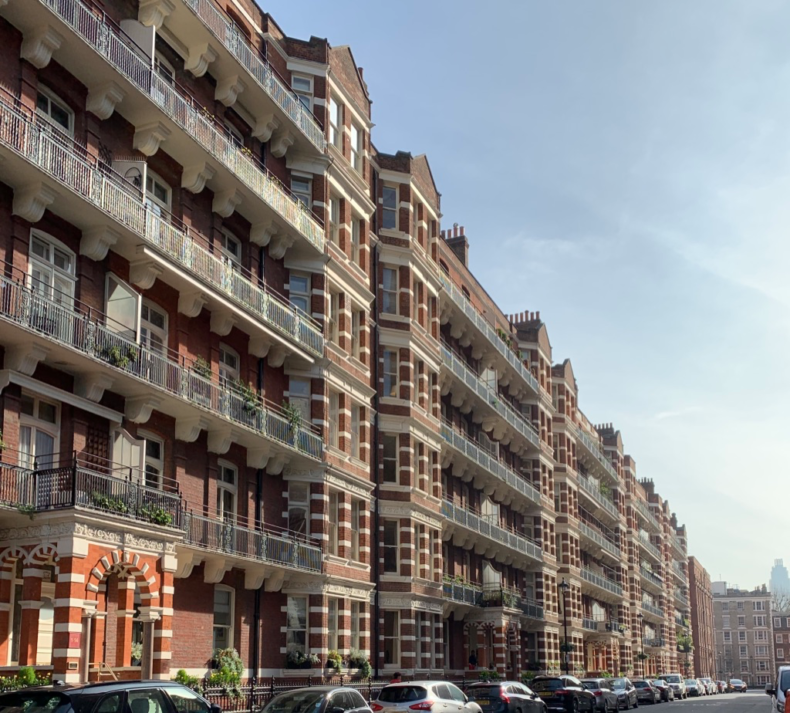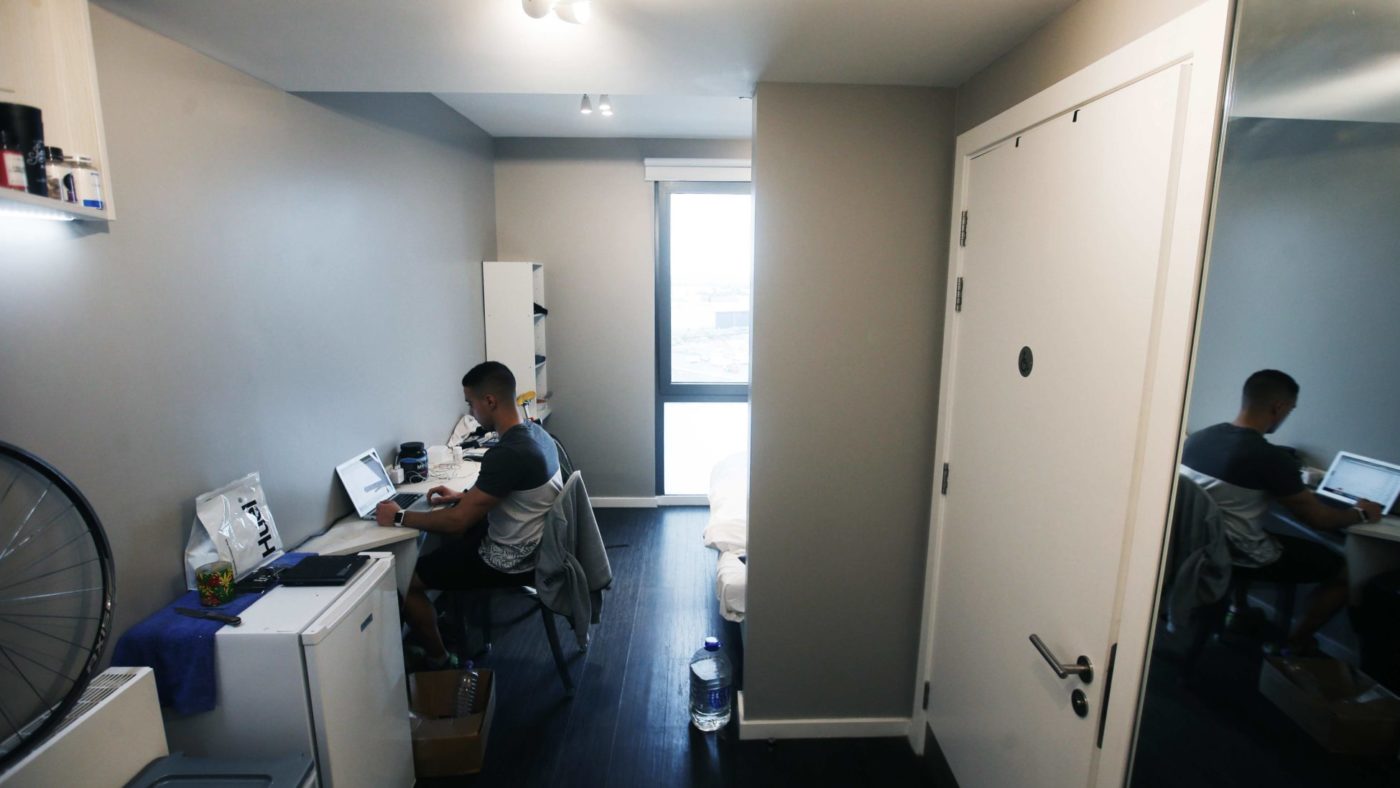A new report from the Social Market Foundation, suggesting building co-living spaces for sale to mitigate the housing crisis, has attracted the usual backlash.
Much of the opposition to tiny homes, co-living facilities and the like comes from those living comfortably in large houses with no idea of the hard choices facing young people.
Why should those who want to live in a tiny home, rather than share a house, be banned from doing so, when canal barges or risking your flatmates’ epidemiologically perilous kitchen or bathroom habits are apparently fine?
Young people have no magical alternative of moving to a large, affordable home in some Shangri-La where jobs are plentiful. If they choose a small home in London, it is because the other choices were a shared house with eight other people or a worse job somewhere else.
Spare me your crocodile tears about young people forced to live in tiny homes unless you have endorsed a politically realistic alternative for getting plenty of homes built for them within range of the jobs they want.
Setting minimum space regulations at the size of a mansion would no more solve the housing crisis than setting the minimum wage at £100 per hour would solve a shortage of high-quality jobs.
All too often, concerns about the space of individual homes being built stem from a concern about the “wrong” type of people moving in.
If you really care about their living space, you should be pressing for a bigger building with the same number of homes on that site, or a planning reform to ensure they can each get a bigger home nearby – not pressing for minimum home sizes which ensure some homes don’t get built, and that their would-be residents have to live somewhere they consider even worse.
Let me spell it out: every increase in minimum space standards, given how the current system works, reduces the number of homes and pushes someone out of a wanted job or into an unwanted flat share. Sadly there is no free lunch.
The problem is a shortage of cubic volume of living space that you are allowed to build. Most of the attractive parts of Bloomsbury or Islington have five to ten times as much cubic volume of housing as the vast swathes of outer London.
And yet we have inadvertently frozen the process – seen in so many glorious Victorian and Edwardian buildings – of adding graceful density within our cities to create more homes. If we had not, much more of London would look like Ashley Gardens in Westminster (pictured below), and there would be no housing crisis.

And if you hate high-rise towers, blame the current planning system for them too. London banned buildings above eighty feet in 1894. But since the new planning system was instituted in 1947, towers are the only means that have been found to build many more flats and so the pressure of housing need pushes them out of the landscape like a hernia.
Places matter. All attempts to wave a regulatory wand and create high-wage jobs in an arbitrary place around the country have failed. Otherwise we would have neither a productivity crisis nor a housing crisis. But it is incredibly easy to create millions more high-wage jobs in places like Cambridge and London, simply by building more homes there. The two crises are sides of the same coin.
The current planning system was designed for London’s population to shrink, not to grow. It has coped badly as population growth has returned. Few can deny that improvements would be welcome.
And yet today’s majority of homeowners – unprecedented in English history – makes the politics tough.
The SMF report acknowledges that planning reform would increase supply of different types of homes and reduce prices, if the politics could be solved. Their earlier report covered the Politics of Housing in depth.
There are few easy answers. Those who want to bet on total deregulation within the next five years, please get in touch. We could use the money.
But there are popular, effective solutions to let small communities vote to approve more housing that benefits them, as a revolutionary supplement to the existing system.
Allowing residents of a single street to vote by two-thirds majority to set a design code and give themselves planning permissions to extend or replace, subject to limits to protect those on other streets, could add five million more homes in London alone over time, while making the original homeowners better off and reducing the housing crisis.
A recent conference of King’s College’s Centre for the Study of Governance and Society helped us learn how the field founded by the late Nobel prize-winning scientist Elinor Ostrom gives additional cause for optimism that that will work.
Sadly, the Government’s current proposals for permitted development rights need much improvement to be remotely as effective, or successful in avoiding a backlash. We fear they will be limited to small but unpopular upward extensions in town centres and, more widely, to infill upward extensions capped unambitiously at the level of the prevailing roofline. Neither will change the world.
That would be a great pity, because Housing Minister Kit Malthouse is clearly committed to getting more and better homes built and understands the importance of giving local communities more power.
If young people want to choose co-living spaces over other less appealing options, they should be free to. But that is not the solution to the housing crisis. The solution is to build many more and better homes with local support.
CapX depends on the generosity of its readers. If you value what we do, please consider making a donation.


